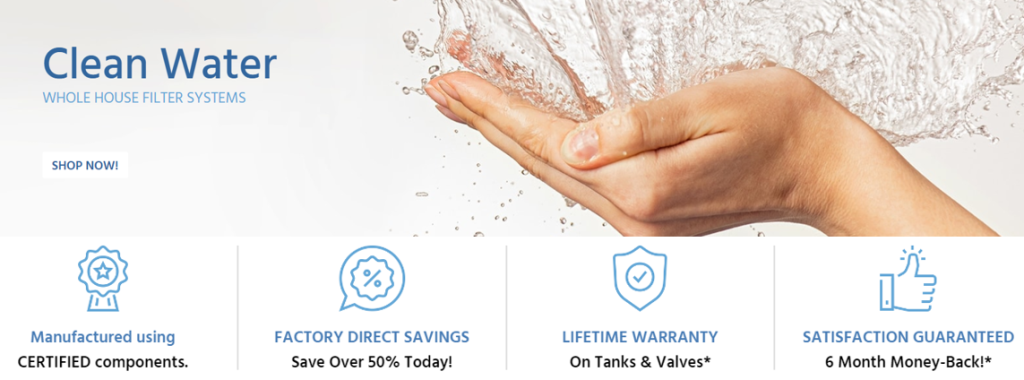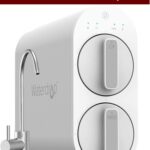To remove a water softener, simply unplug it from the power outlet and disconnect the salt supply line.
If your water softener is not working properly, or if you need to remove it for any reason, follow these steps.
First, turn off the power to the unit. Next, disconnect the brine tank from the water softener. Then, disconnect the fresh water inlet and outlet hoses from the unit. Finally, remove the screws that hold the unit in place, and lift the unit out.
How Do You Remove A Water Softener?
To remove a water softener, disconnect the power and water supply, and then remove the brine tank.
Install a Home Water Filter & Get "Unlimited Safe Drinking Water" For Decades
Get Upto 55% Discount With a Lifetime Warranty & 6-Months Money Back Guarantee Free Shipping
SpringWell Water Filtration Systems: 100% American-Made & NSF Certified Water Filters and Water Softeners

If your water softener isn’t working properly, you may need to remove it and clean it. Here’s how to do that:
1. Turn off the power to the water softener. This is usually done by flipping a switch on the control panel.
2. Turn off the water to the softener. This is usually done by shutting off the valve on the incoming water line.
3. Drain the water from the softener tank. This can be done by opening the drain valve on the tank and letting the water run out.
4. Disconnect the water lines from the softener. There are usually two lines, one for the incoming water and one for the outgoing water.
5. remove the brine tank from the softener. This is usually the biggest and heaviest part of the softener, so be careful when lifting it.
6. Remove the control head from the softener. This is the part that has the controls for the timer and settings.
7. Take the softener apart. This will vary depending on the type of softener you have, but most can be disassembled by unscrewing the bolts that hold it together.
8. Clean all of the parts. This includes the tank, the control head, and all of the internal parts. You can use a soft brush and some mild soap to do this.
9. Reassemble the softener. Be sure to put all of the parts back in the correct order and to tighten all of the bolts securely.
10. Turn on the water to the softener and the power. You should now be able to use your water softener again.
If you have any questions or problems during this process, be sure to consult the manual for your specific model of water softener.
How Do You Properly Dispose Of A Water Softener?
The proper way to dispose of a water softener is to pour it down the drain.
If you have a water softener in your home, it is important to know how to properly dispose of it when it is no longer needed. Water softeners use salt to remove minerals from water, so they can become quite salty over time. This can make them difficult to dispose of in the garbage.
The best way to dispose of a water softener is to take it to a recycling center that accepts electronic waste. Many recycling centers will accept water softeners and other electronic waste for free. You can also check with your local municipality to see if they have any special regulations for disposing of water softeners.
If you cannot recycle your water softener, you can dispose of it in the garbage. However, you will need to take some precautions to make sure it does not end up in a landfill. First, you will need to remove all of the salt from the water softener. This can be done by draining the water softener and then flushing it with fresh water.
Once the salt is removed, you can dispose of the water softener in the garbage. Be sure to mark it as “hazardous waste” so that it does not end up in the wrong place.
FAQ
What Are The Consequences Of Not Removing A Water Softener?
How Do You Know When It’s Time To Replace Your Water Softener?
If you’re still unclear about how to remove a water softener, feel free to leave a comment below.


